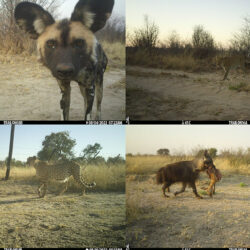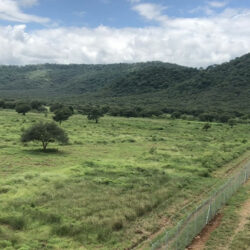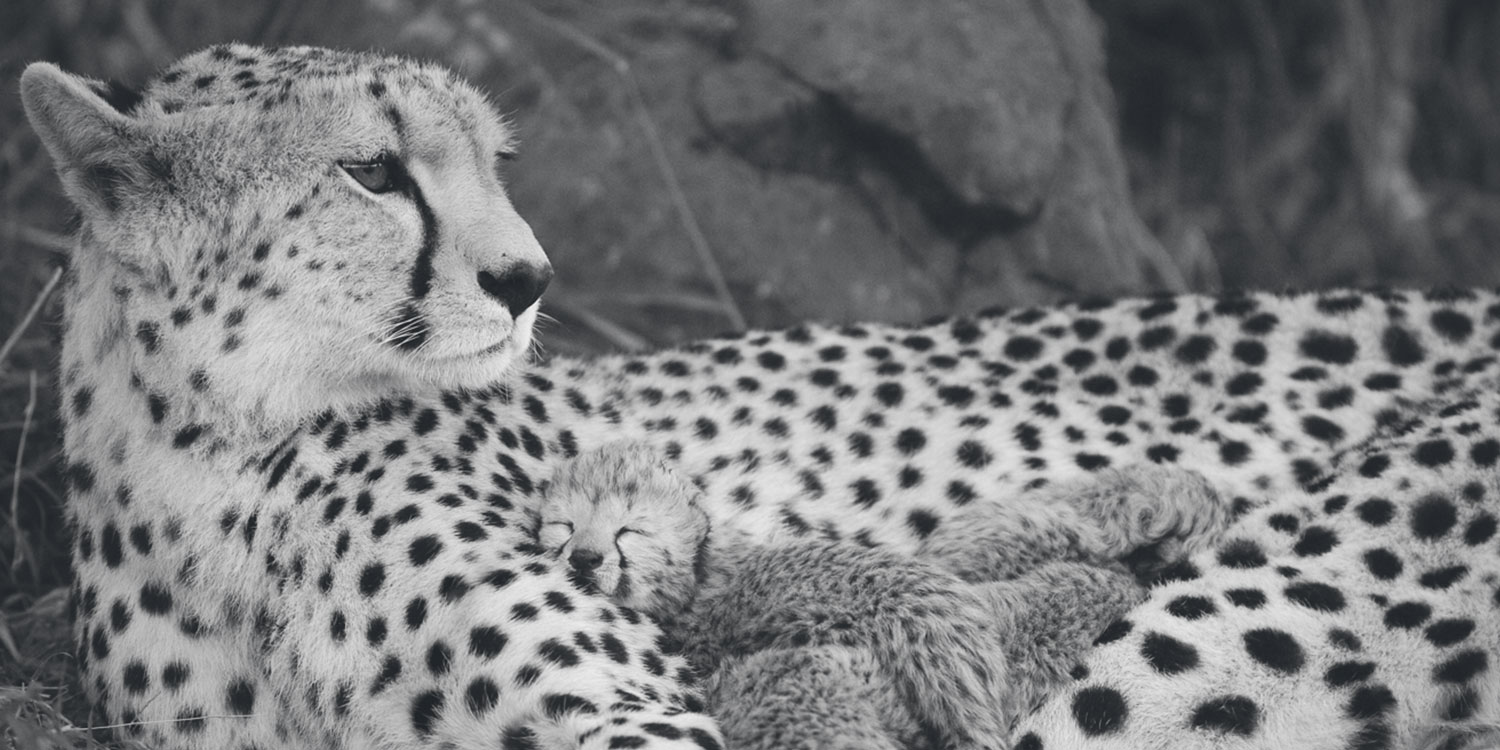From Popularity to Preservation: How Cheetahs Can Drive Ecosystem Conservation
-

- by Carolina Torres August 2, 2024
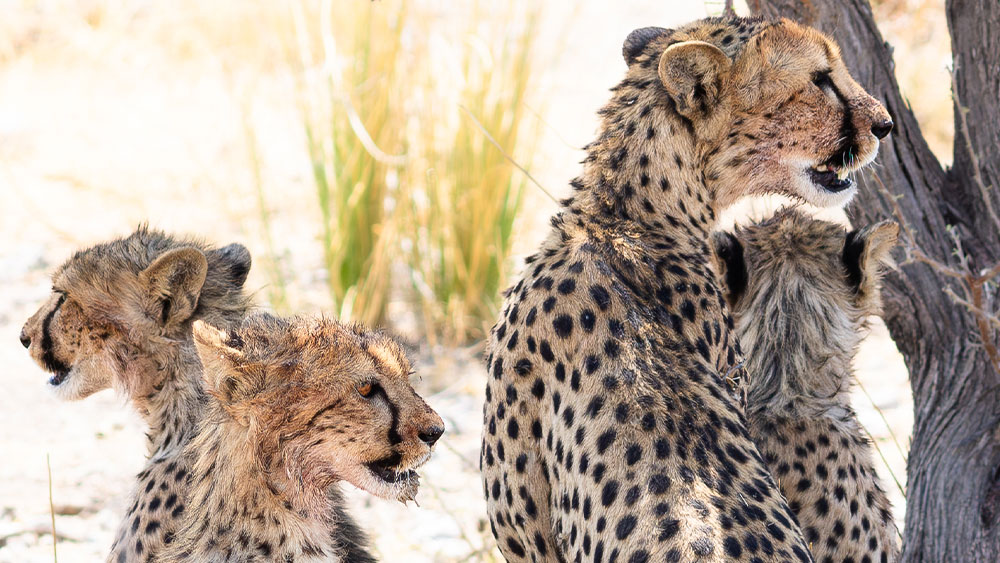
Article Summary: From popularity to preservation: large carnivore potential for ecosystem conservation
Research authors: Stijn Verschueren, Hans Bauer, Bogdan Cristescu, Herwig Leirs, Carolina Torres-Uribe, and Laurie Marker
In the world of wildlife conservation, resources are limited, and strategies must be meticulously prioritized to protect the planet’s biodiversity. While charismatic flagship species like the cheetah often capture public attention and funding, there’s a growing recognition that these species play a critical role in broader ecosystem conservation efforts. CCF researchers now demonstrated this case for cheetahs through identifying research trends and gaps, and estimating the biodiversity value associated with their presence. These results were recently published in the leading journal Mammal Review and proof that cheetahs as flagship species for drylands can unlock important potential for biodiversity conservation, especially outside national parks.
The Case for the Cheetah
The cheetah (Acinonyx jubatus) serves as a prime example of a globally appealing flagship species that holds significant potential for driving conservation outcomes. These magnificent big cats inhabit over half of Africa’s ecoregions, with their presence often overlapping with areas rich in biodiversity. Notably, many of these regions, particularly closer to the equator, are under high human pressure and receive insufficient protection.
Integrating Conservation Approaches
Historically, conservation strategies have often focused either on protecting specific species or preserving areas of land. However, a more integrated approach that combines species-centric and area-based strategies could yield better results. For cheetahs, whose wide-ranging behaviour requires extensive habitats, this means advocating for wildlife-friendly land-use practices outside traditional protected areas. This land-sharing approach not only benefits cheetahs but also the myriad other species that share their habitat as well as local indigenous communities.
Addressing Research Gaps
Despite the cheetah’s popularity, research efforts have predominantly concentrated on a few well-studied populations, often within protected areas. This localized focus has led to significant gaps in our understanding of cheetah populations across their range. Expanding research to include a wider array of populations and habitats, particularly those outside protected areas, is essential for developing effective conservation strategies.
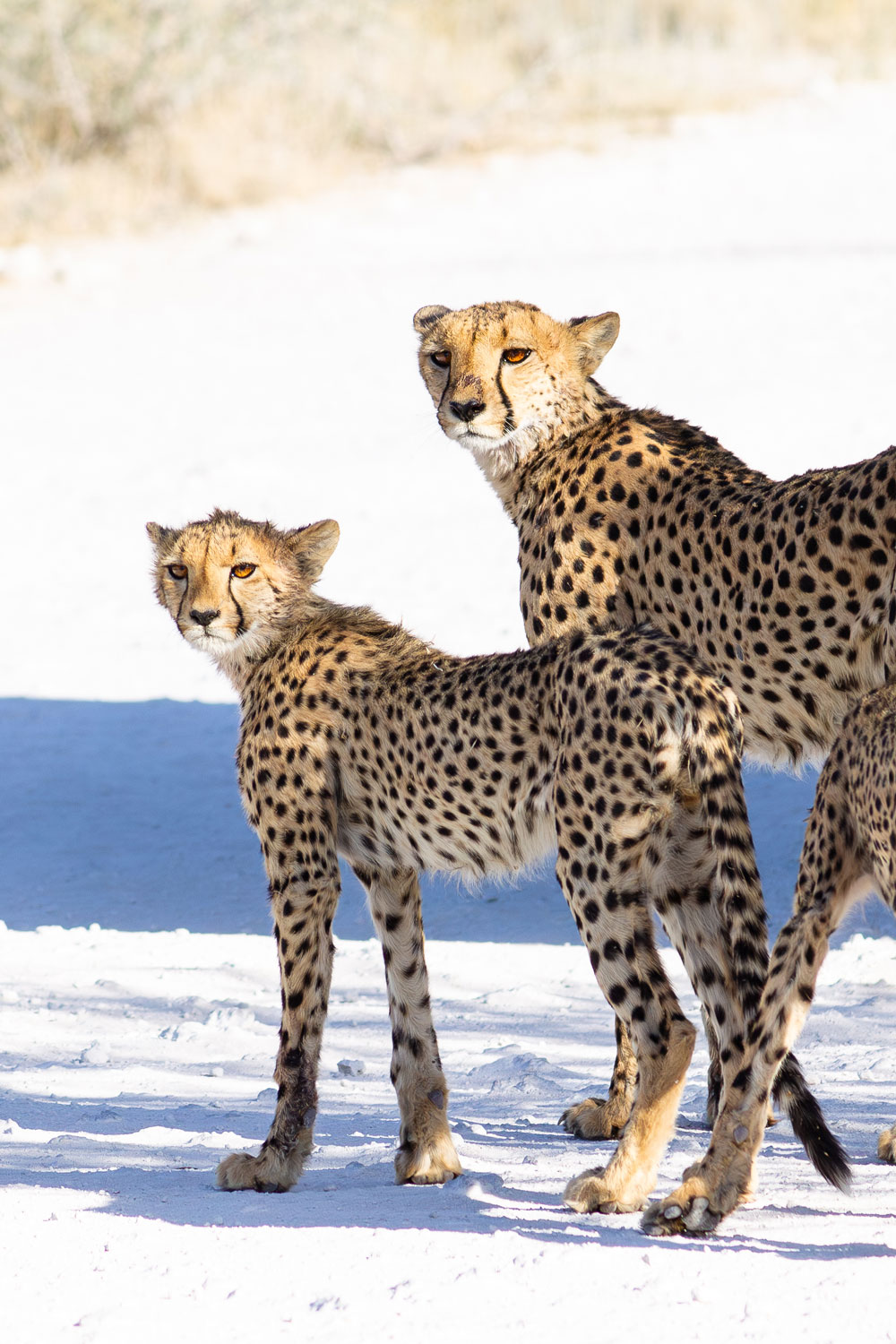
Biodiversity Benefits
Cheetahs can serve as an umbrella species, meaning their conservation helps protect a wide range of other species within the same habitat. The current cheetah range overlaps significantly with regions of high biodiversity value, including many threatened species. Protecting cheetahs, therefore, indirectly supports the broader ecosystem, making them a critical component of biodiversity conservation efforts.
Challenges and Future Directions
The conservation of cheetahs and their habitats faces numerous challenges. With increasing human populations and development pressures, especially in regions with fragmented cheetah populations, innovative and adaptive conservation strategies are crucial. These include promoting coexistence between humans and wildlife, developing alternative livelihoods for local communities, and enhancing international support and funding.
A Call for Collaborative Conservation
The long-term survival of cheetahs and other wildlife depends on maintaining and connecting suitable habitats. As over 90% of the cheetah’s historic range has already been lost, proactive measures are needed to safeguard remaining populations and facilitate potential range expansions and reintroductions. Collaborative efforts at both national and international levels are vital to achieve these goals.
The cheetah’s global appeal can be leveraged to mobilize increased support for conservation initiatives. By sharing the costs and benefits of wildlife coexistence, local communities can be empowered to actively participate in conservation efforts, ensuring the protection of not only cheetahs but the entire ecosystems they inhabit.
At the Cheetah Conservation Fund, we are committed to advancing these integrated and inclusive conservation strategies. By harnessing the cheetah’s potential as a flagship species, we aim to drive meaningful and sustainable conservation outcomes that benefit all life within their ecosystems. Join us in our mission to protect these incredible animals and the rich biodiversity of their habitats. Together, we can make a difference!
Related Reading
-
October 15, 2024
The Ecology of the Landscape Down to the Smallest Part


